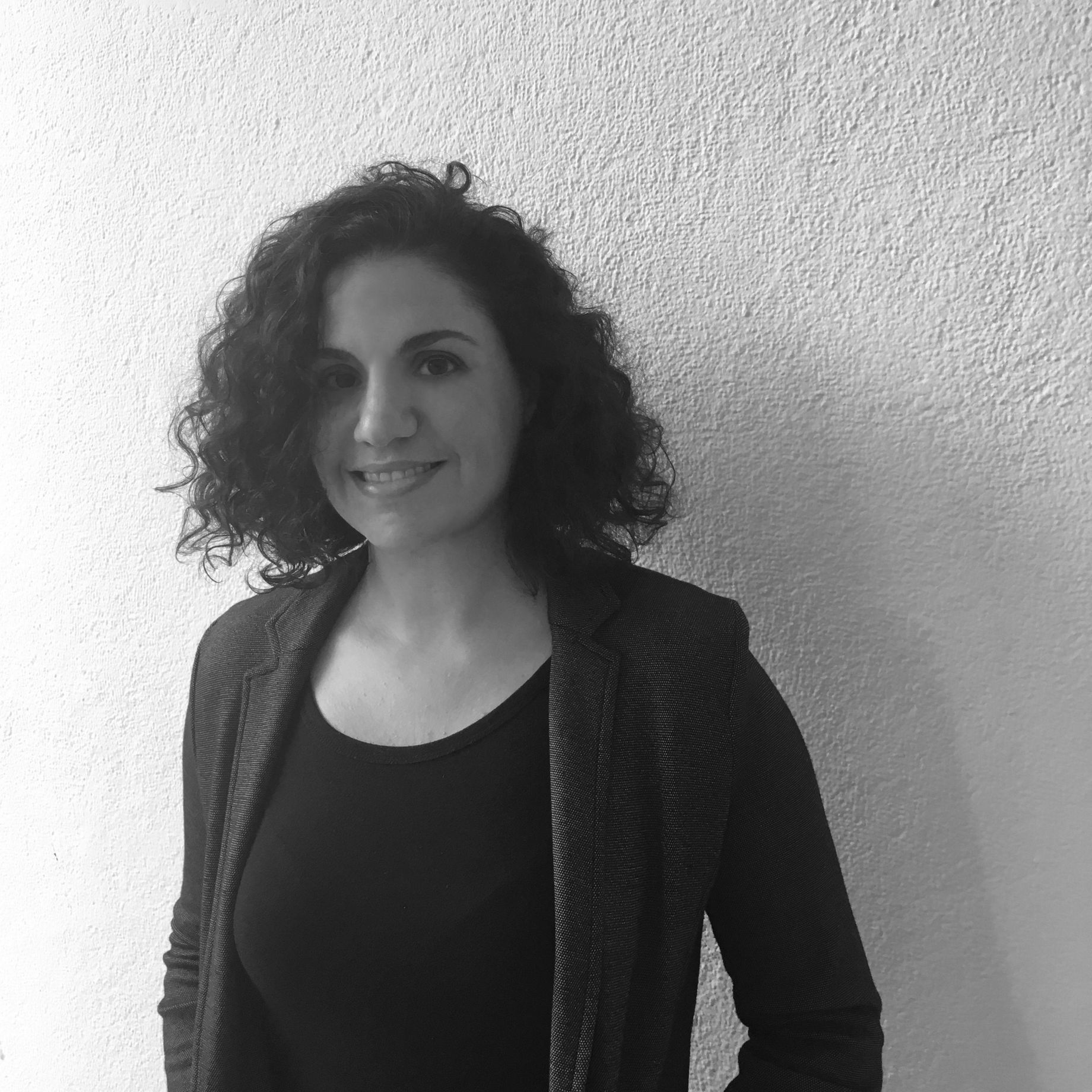Pictorial Impressions: The Rise of Printed Portraiture in the Eastern Mediterranean
Auji’s current book project explores early examples of printed portraiture (ca. 1870-1910) produced in the interconnected urban centers of Ottoman Beirut and Cairo, both of which were key publishing and cultural centers amongst multi-confessional Arab intellectuals. Pictured in print—as engravings, woodcuts, and lithographs—portraits of historical figures, politicians, dignitaries, and scholars appeared in books, periodicals, and quotidian media due to the flourishing of a regional Arabic publishing industry. Produced by and for everyday Arabic-speaking audiences as part of their lived experiences of capitalist modernity, these manufactured images found their way to varied public venues, from crowded street-side cafes to the walls and shutters of shopfronts. This book focuses on four key issues pertinent to these printed portraits at the time: their multifaceted visual conventions, producers’/production practices, significance in the public sphere (and the image of public intellectuals), and intersections with knowledge production and contemporaneous theories on image-making/visuality. In so doing, this book challenges the disciplinary boundaries between art, design, science, and printing history, and problematizes representation’s traditional art history that has focused on a division between “high” arts and quotidian material culture. Concurrently, this project endeavors to contribute an interdisciplinary art historical approach to a field that has been frequently limited to bibliographic, historical, and literary studies.

